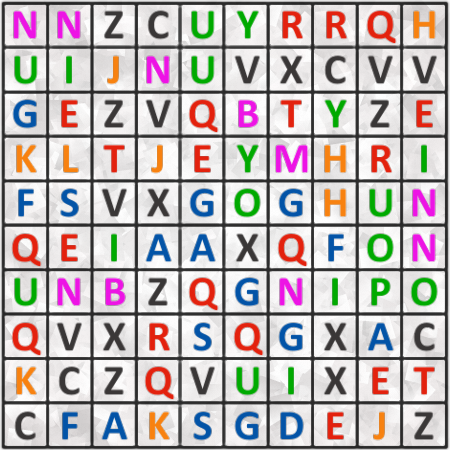Find a famous person
Find the first and the last name of a famous person. Text may go in all 8 directions. Length of words in solution: 6,7.Correct answers: 26
The first user who solved this task is Djordje Timotijevic.
#brainteasers #wordpuzzles

The Loss Of Engines
Two blondes were flying to Miami from Cleveland. Fifteen minutes into the flight, the captain announced "One of the engines has failed and the flight will be an hour longer. But don't worry we have three engines left".
Thirty minutes later, the captain announced "One more engine has failed and the flight will be two hours longer. But don't worry we have two engines left".
An hour later the capain announced "One more engine has failed and the flight will be three hours longer. But don't worry we have one engine left".
One blonde looked at the other the other blonde and said "If we lose one more engine, we'll be up here all day"
Thirty minutes later, the captain announced "One more engine has failed and the flight will be two hours longer. But don't worry we have two engines left".
An hour later the capain announced "One more engine has failed and the flight will be three hours longer. But don't worry we have one engine left".
One blonde looked at the other the other blonde and said "If we lose one more engine, we'll be up here all day"

